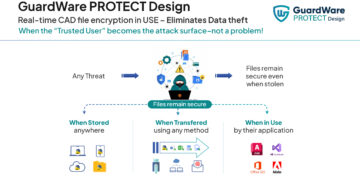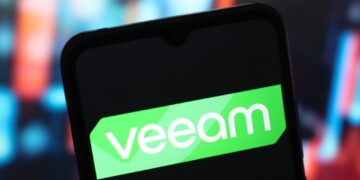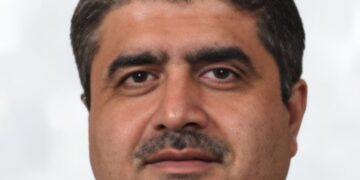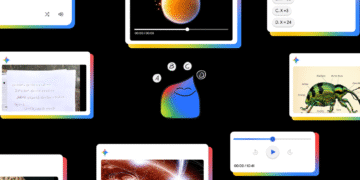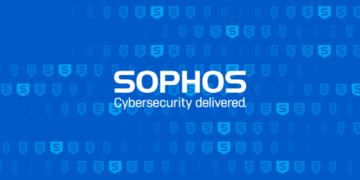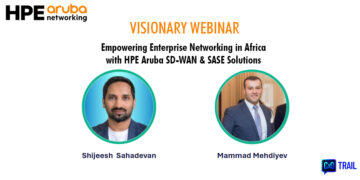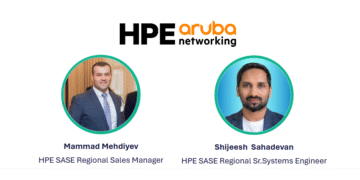Child hunger in South Africa just met its match in the form of sixty brilliant young tech minds. Harnessing AI, Blockchain, and data visualization, Gen Z is proving that the greatest solutions are often born at the intersection of purpose and technology.
Ahead of World Food Day, sixty of South Africa’s smartest Gen Z innovators spent a grueling week in Johannesburg solving one of the nation’s toughest problems, child hunger. The arena was The Biggest Hunger Hack, hosted by KFC Africa, which challenged digital natives to re-engineer the brand’s successful Add Hope initiative.
Add Hope, already powered by millions of R2 customer donations, funds over 3,300 feeding centers. But as this hackathon proved, the recipe for giving is about to get a massive digital upgrade. The stakes are Potential seed funding of up to R1 million for the winning concept.
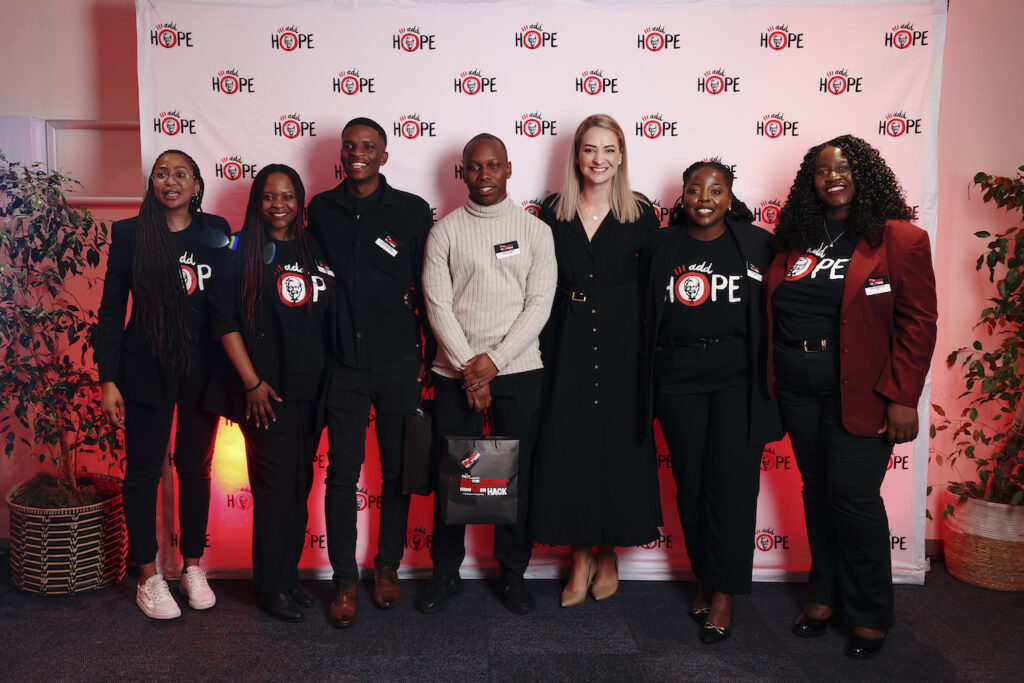
The solutions pitched were a masterclass in applying frontier technologies to social good
- Ctrl-Alt-Del-Hunger: Turning Waste into Meals
The overall winning team tackled two crises at once: food waste and hunger. Their Misfits Mzansi app creates a circular economy by rescuing ‘ugly’ fruit and vegetables destined for the trash on farms and diverting them to food-insecure families.
The platform includes gamified engagement, hosting short-form cooking challenges, and edutainment content. The genius lies in its revenue model: ad-driven donations, meaning, as the team put it, “You become a philanthropist just by watching a video.“
- Hack 4 Hope: Blockchain for Trust
Hack 4 Hope focused on one of the most critical elements of charity: trust and transparency. Their solution featured a simple WhatsApp chatbot where customers scan a QR code from their KFC till slip to instantly donate.
The system is built on blockchain technology, providing proof of every R2’s journey from the donor’s pocket to the meal served. This level of transparency, coupled with “HopeCoins” to reward repeat donors, gamifies the act of giving.
- Bit Coders: AI-Driven Inclusivity
Bit Coders designed a comprehensive AI-driven chatbot ecosystem that makes the donation process inclusive and seamless, even for non-KFC customers. By using the MTN MoMo API for payments, they ensured accessibility. The AI component provided donor insights and rewards, simplifying tax certification for larger contributions.
“The Biggest Hunger Hack showed what happens when young digital natives use tech for good,” said Andra Nel, KFC Africa’s Head of Brand Purpose and ESG. “They understand hunger because many have lived it and they understand technology because they were born into it. That’s the sweet spot for innovation with purpose.”
The event successfully created a crucial dialogue, bringing together stakeholders from business, government, and civil society to explore how to scale these ideas nationally.
Nel confirms the next crucial step, co-developing pilot programs with Add Hope partners. The goal is clear to showcase results by the time the National Convention on Child Hunger convenes early next year.
The move to make the Add Hope program an open-source blueprint has proven to be a catalyst, unleashing an outpouring of innovation that is turning the fight against hunger into a scalable, tech-powered movement. These Gen Z innovators have shown the world how technology can supercharge reach and transparency, and now the focus shifts to bringing these brilliant concepts to life.
Source: KFC Africa


